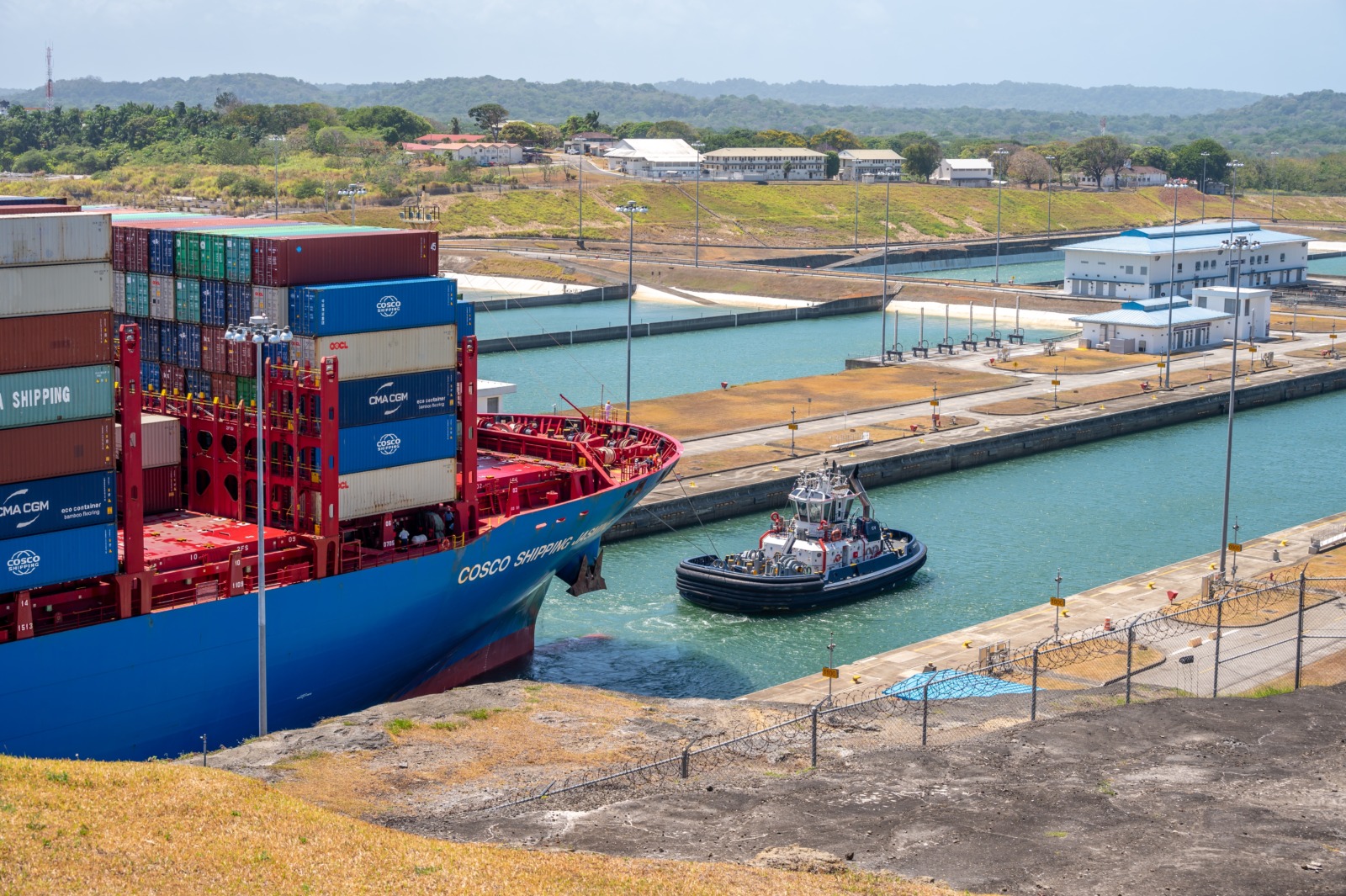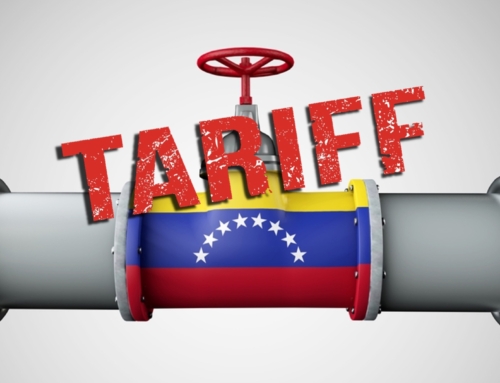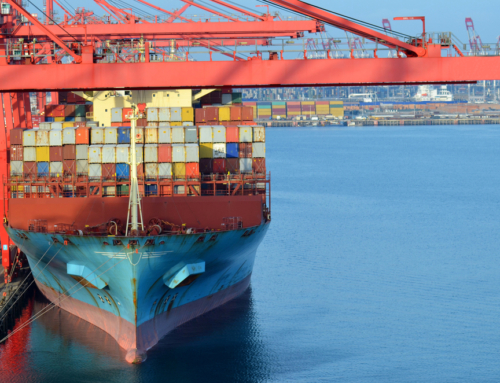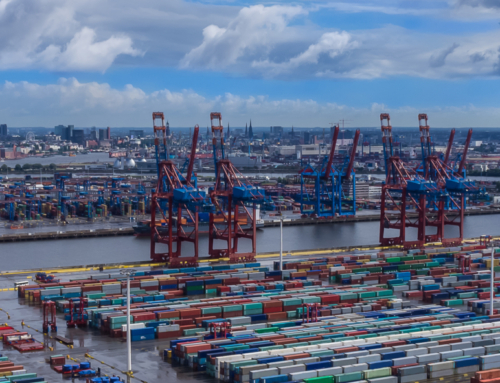REVISED PANAMA CANAL TRANSIT RESERVATION SYSTEM AND TARIFFS
Starting January 1, 2025, the Panama Canal Authority (ACP) will implement significant changes to its Transit Reservation System. These adjustments, which include revised tariffs, aim to streamline operations and better address the growing demands of global trade.
“These changes will provide a better experience and convenience for customers while ensuring the efficient use of Canal resources…With these actions, the Canal reinforces its commitment to improve service levels and promoting sustainable practices in the maritime sector.”
Panama Canal Authority | Press Release
PANAMA CANAL UPDATED TRANSIT RESERVATION SYSTEM FEATURES
Along with the revised tariffs, the ACP’s updated Transit Reservation System introduces several key features, including an increase in reservation fees. The new fees will increase between $1,000 USD to $3,000 USD, depending on the type of service and cargo.
Long-Term Slot Allocation (LoTSA): This option allows carriers to secure transit slots up to a year ahead of time, making scheduling more predictable and reducing bottlenecks.
No-Show Penalties: To discourage last-minute cancellations, vessels that fail to arrive within seven days of their booked date will face penalties of 250% of the reservation fee.
Slot Swapping Flexibility: The new system also provides more flexibility for swapping and substituting slots, helping to maximize canal capacity and reduce delays.
CARRIERS ADD SURCHARGES TO KEY TRADE LANES
As a result of the changes to the Panama Canal’s reservation system, major shipping carriers like CMA CGM and MSC have announced new surcharges, which are expected to impact key U.S. East Coast and Gulf shipping routes from Asia. CMA CGM will apply these surcharges across several services, including the Chesapeake Bay Express (CBX) and Pacific Express 3 (PEX3), affecting all cargo types from Southeast Asia, China, Korea, and Japan bound for U.S. East Coast and Gulf destinations. Similarly, MSC will impose surcharges on cargo from these same regions headed to the U.S. East Coast and Gulf.
Stay up-to-date on freight news with Green’s Weekly Freight Market Update by following us on LinkedIn. For continuous updates, make sure to check out our website at greenworldwide.com.






